Does Hollywood Use DaVinci Resolve or Premiere Pro: A Deep Dive into Industry Preferences
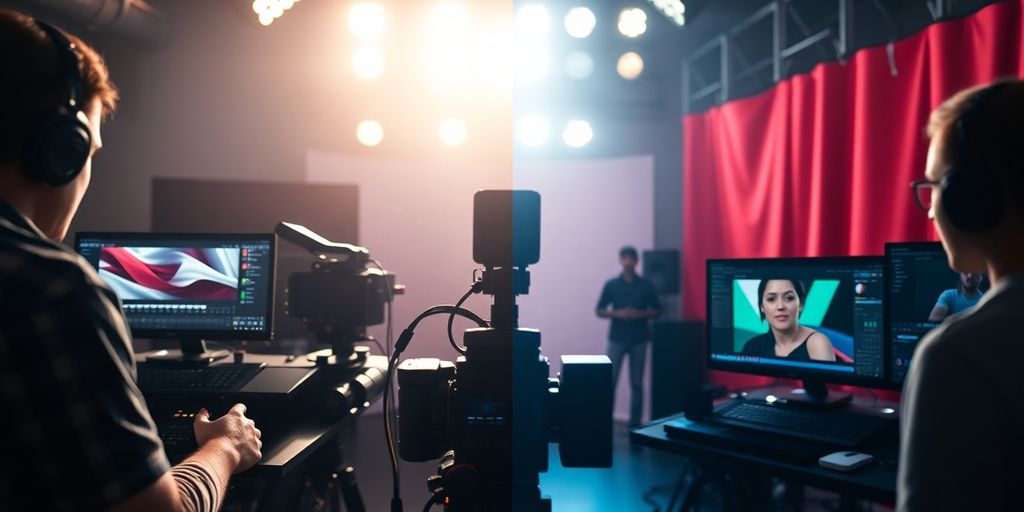
Ever wonder what the pros in Hollywood use to edit those blockbuster hits? Well, it’s not just one tool. DaVinci Resolve and Adobe Premiere Pro are two big names you hear a lot. They both bring something unique to the table. While DaVinci Resolve is known for its amazing color grading, Premiere Pro is loved for its integration with other Adobe tools. Let’s break down how these two stack up in the industry.
Key Takeaways
- DaVinci Resolve is popular for its color grading capabilities, which is a big deal in Hollywood.
- Adobe Premiere Pro is favored for its seamless integration with the Adobe Creative Cloud.
- Both DaVinci and Premiere have their own strengths, making them suitable for different types of projects.
- Hollywood uses both tools, but they are often chosen based on specific project needs.
- The choice between DaVinci Resolve and Premiere Pro often depends on personal preference and project requirements.
The Rise of DaVinci Resolve in Hollywood

Color Grading: DaVinci’s Stronghold
In the world of film, color grading is like the magic wand that gives movies their unique look and feel. DaVinci Resolve has become the go-to tool for this task in Hollywood. Its color grading capabilities are second to none, making it a favorite among filmmakers who want to bring their visual stories to life. The software offers a wide range of tools that allow editors to tweak colors with precision, ensuring that every frame of a movie looks just right. This has made DaVinci Resolve an indispensable part of the post-production process.
Adoption Rates and Market Penetration
DaVinci Resolve is gaining traction in the film industry, thanks in part to its affordable pricing. The software is available in a free version, which has attracted many new users. According to recent reports, the adoption rates for DaVinci Resolve are on the rise, with more than 2 million downloads in 2019 alone. While only a small percentage of users upgrade to the paid version, the free version’s robust features make it a popular choice for independent filmmakers and small studios. This trend suggests that DaVinci Resolve is becoming a significant player in the video editing market.
DaVinci Resolve’s Role in Independent Films
Independent filmmakers have embraced DaVinci Resolve for its comprehensive editing tools and affordability. The software’s ability to handle everything from editing to visual effects and audio post-production makes it a one-stop solution for small film projects. For indie creators working with tight budgets, DaVinci Resolve provides the professional-grade tools needed to compete with larger productions. Its role in the indie film scene can’t be overstated, as it empowers filmmakers to produce high-quality films without breaking the bank.
As the film industry continues to evolve, the tools that editors use are becoming more important than ever. DaVinci Resolve is at the forefront of this change, offering a versatile and powerful solution for filmmakers of all levels. Its rise in Hollywood is a testament to its effectiveness and the growing demand for high-quality, affordable editing software.
Adobe Premiere Pro: A Hollywood Staple
Collaborative Features and Productions Workflow
Adobe Premiere Pro has become a go-to tool in Hollywood, thanks to its robust collaborative features. The introduction of the Productions workflow has provided editors with a platform similar to Avid’s project-sharing capabilities, making it a favorite for high-profile films like "Everything Everywhere All at Once". This system allows multiple editors to work on a project simultaneously, streamlining the editing process and boosting productivity. Premiere Pro’s collaborative environment has been a game-changer for complex film projects.
Integration with Adobe Creative Cloud
One of Premiere Pro’s standout features is its seamless integration with Adobe Creative Cloud. This allows editors to easily incorporate assets from other Adobe applications like Photoshop and After Effects into their projects. The Dynamic Link feature eliminates the need for rendering when using After Effects, saving time and maintaining quality. Integration with Creative Cloud not only enhances workflow efficiency but also provides access to a vast array of creative tools.
Premiere Pro’s Presence in Film Festivals
Premiere Pro’s impact is not just limited to Hollywood studios; it has also made significant inroads into film festivals worldwide. Its adaptability and user-friendly interface have made it a preferred choice for filmmakers at events like Sundance. The software’s ability to handle diverse projects, from indie films to big-budget productions, showcases its versatility and reliability. Premiere Pro’s presence in these festivals highlights its growing acceptance and popularity among filmmakers.
Comparing DaVinci Resolve and Premiere Pro
User Interface and Ease of Use
When it comes to user interfaces, DaVinci Resolve and Premiere Pro each have their own vibe. Resolve is known for its sleek, modern look, which can be a bit intimidating at first, but once you get the hang of it, it’s pretty intuitive. Premiere Pro, on the other hand, offers a more traditional layout that many users find familiar and easy to navigate. Both programs aim to streamline the editing process, but your choice might depend on personal preference and what you’re used to.
Pricing Models and Value for Money
In terms of pricing, DaVinci Resolve offers a compelling deal with its free version, which is surprisingly robust. If you need more advanced features, the paid version, Resolve Studio, is a one-time purchase. Premiere Pro, however, operates on a subscription model through Adobe Creative Cloud, which can add up over time. For some, the subscription model offers flexibility and access to other Adobe tools, while others might prefer the one-time purchase of Resolve Studio.
Industry Adoption and Professional Preferences
In Hollywood, both DaVinci Resolve and Premiere Pro have carved out their niches. Resolve is often hailed for its superior color grading capabilities, making it a favorite among colorists. Premiere Pro is widely used for its integration with other Adobe products and its collaborative features, which are crucial for big productions. While user experiences and preferences vary, many professionals use both tools depending on the project needs.
The choice between DaVinci Resolve and Premiere Pro often boils down to the specific requirements of a project and the personal preferences of the editor. Both tools offer unique strengths that cater to different aspects of video editing.
Technological Advancements in Video Editing
AI Integration in Editing Software
Artificial Intelligence is shaking up how we edit videos. AI tools are now handling complex tasks, like automatic color correction and even editing clips based on emotional tone. This not only speeds up the workflow but also opens up creative possibilities that were previously too time-consuming.
Mobile Editing Solutions and Their Impact
Gone are the days when video editing was confined to high-end desktops. With apps like CapCut and LumaFusion, you can now edit videos right on your phone. This mobile revolution is making it easier for creators to work on-the-go, and it’s slowly creeping into professional circles too.
Future Trends in Video Editing Technology
Looking ahead, the future of video editing is exciting. Expect more cloud-based solutions, making collaboration easier than ever. Plus, with the rise of virtual reality and 360-degree videos, editing software will need to evolve to handle these new formats. The next decade is sure to bring some fascinating developments in how we create and edit video content.
As technology continues to evolve, the tools we use for video editing will become more intuitive and powerful, allowing creators to focus more on storytelling and less on technical hurdles.
The Role of Apple in Video Editing
Final Cut Pro X: A Missed Opportunity
Remember when Apple launched Final Cut Pro X back in 2011? Yeah, it was supposed to be a game-changer, but it kinda flopped. The launch was rocky, and many pros just didn’t warm up to it. They had their reasons. For one, buying it from the App Store was a hassle for those who usually dealt with VARs (Value Added Resellers). This shift made it hard for the software to catch on in big studios.
Apple’s Hardware Influence in Hollywood
Let’s not forget, though, Apple’s hardware is still a big deal in Hollywood. MacBooks and iPhones are everywhere on set. They’re like the Swiss Army knives of tech gear—versatile and reliable. With the new Apple Silicon, Macs have gotten even better, offering faster speeds and longer battery life. This makes them a solid choice for video editing and other creative tasks.
The Future of Apple in Professional Editing
So, what’s next for Apple in the editing world? Well, they’ve been making moves to win back the pros. They’re developing certification courses and setting up panels to get feedback from the industry. But is it enough? Only time will tell if Apple can regain its footing with Final Cut Pro or if they’ll need to pivot in a new direction.
Apple’s journey in video editing has been a rollercoaster, full of ups and downs. While they’ve made strides with hardware, their software story is still unfolding. Will they find their groove again? Stay tuned.
The Future of Video Editing in Hollywood

Emerging Trends and Technologies
The video editing world is buzzing with new possibilities. As we look ahead, there’s a lot on the horizon that’s set to shake things up. For starters, mobile editing solutions are gaining traction. Apps like CapCut are making it easier to edit on the go, and while they might not replace desktop software just yet, their convenience is undeniable. Then there’s the rise of open-source software, which is giving editors more freedom and flexibility. But perhaps the most exciting development is the role of AI. AI is poised to change the game, making complex editing tasks simpler and faster. Imagine a future where AI can analyze footage and suggest edits, saving time and boosting creativity.
The Impact of AI on Editing Workflows
AI isn’t just a buzzword; it’s becoming a real part of the editing process. Tools powered by AI are already helping with things like color correction and audio enhancement, and they’re only getting better. As AI continues to evolve, we can expect it to handle even more intricate tasks, like scene detection and even generating rough cuts. This doesn’t mean editors will be out of a job, though. Instead, AI will likely handle the grunt work, freeing up editors to focus on the creative side of things. This shift could lead to more innovative storytelling and a faster turnaround for projects.
Predictions for the Next Decade
What does the next decade hold for video editing in Hollywood? It’s hard to say for sure, but a few trends seem likely. First, we’ll probably see even more integration of AI and machine learning into editing software. This could lead to more personalized and intuitive tools that adapt to an editor’s style and preferences. Second, as technology continues to advance, we might see a blurring of the lines between professional and amateur editing tools. With powerful software becoming more accessible, more people will be able to create high-quality content. Lastly, the demand for immersive experiences, like VR and AR, could push editors to develop new skills and techniques to keep up with these emerging formats.
As the tools of the trade evolve, the heart of editing remains the same: it’s all about telling a great story. While technology can enhance and streamline the process, the creativity and vision of the editor are what truly bring a film to life.
For those interested in a broader perspective on video editing software, including comparisons between popular options like DaVinci Resolve and Premiere Pro, check out the comprehensive overview in this guide.
Conclusion
So, when it comes to Hollywood’s choice between DaVinci Resolve and Premiere Pro, it’s not a clear-cut decision. Both have their strengths and weaknesses, and their adoption often depends on the specific needs of a project. DaVinci Resolve shines with its top-notch color grading capabilities, making it a favorite for colorists and those focused on post-production finesse. On the other hand, Premiere Pro’s integration with Adobe’s suite and its collaborative features make it a versatile option for a wide range of projects, from indie films to big-budget productions. Ultimately, the choice boils down to what fits best with the workflow and the creative vision of the filmmakers. As technology evolves, we might see shifts in preferences, but for now, both tools hold their ground in the industry.
Frequently Asked Questions
What is DaVinci Resolve known for in Hollywood?
DaVinci Resolve is famous for its top-notch color grading tools, which are considered the best in the industry. Many filmmakers use it mainly for this feature.
Why do some editors prefer Adobe Premiere Pro?
Editors like Adobe Premiere Pro because it works well with other Adobe tools, making it easier to handle projects. It’s also popular for teamwork and sharing projects.
Is DaVinci Resolve free to use?
Yes, DaVinci Resolve offers a free version that has many features. There’s also a paid version called Resolve Studio for those who want more advanced tools.
How does AI help in video editing?
AI in video editing can make complex tasks simpler and faster. It helps in things like cutting scenes, adding effects, and even suggesting edits.
What role does Apple play in video editing?
Apple provides powerful hardware like MacBooks and iPhones that many editors use. They also have software like Final Cut Pro, although it hasn’t been as popular lately.
What are future trends in video editing?
Future trends include more use of AI, mobile editing apps, and possibly new tech that makes editing even easier and more creative.
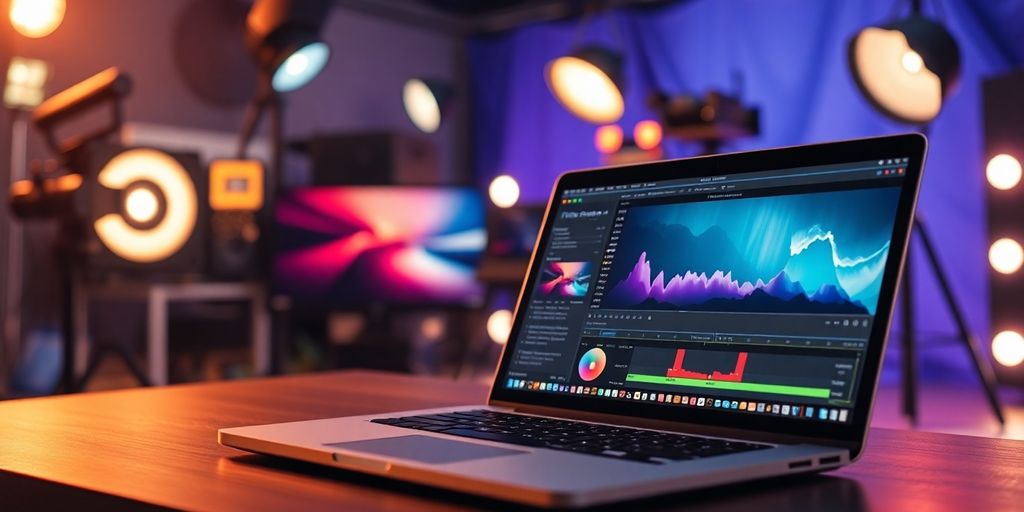
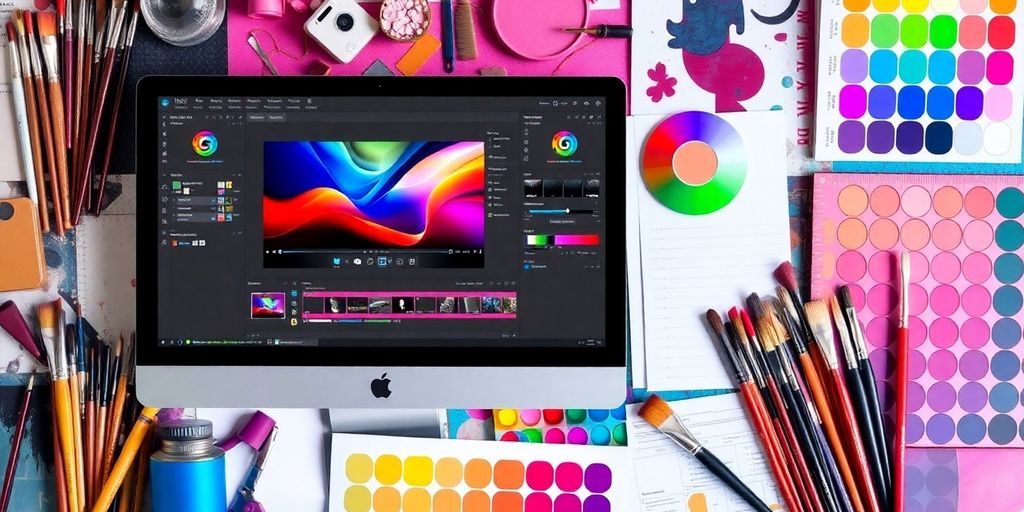
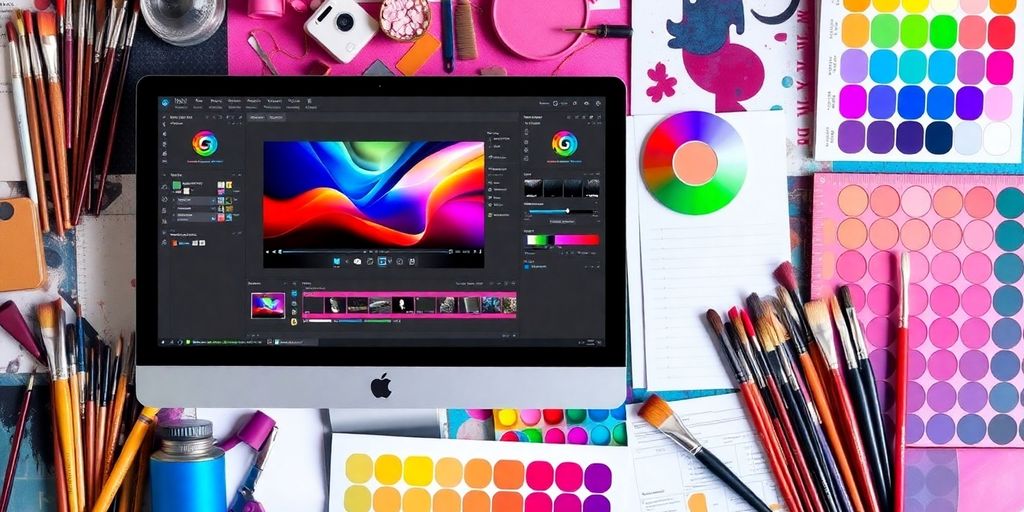
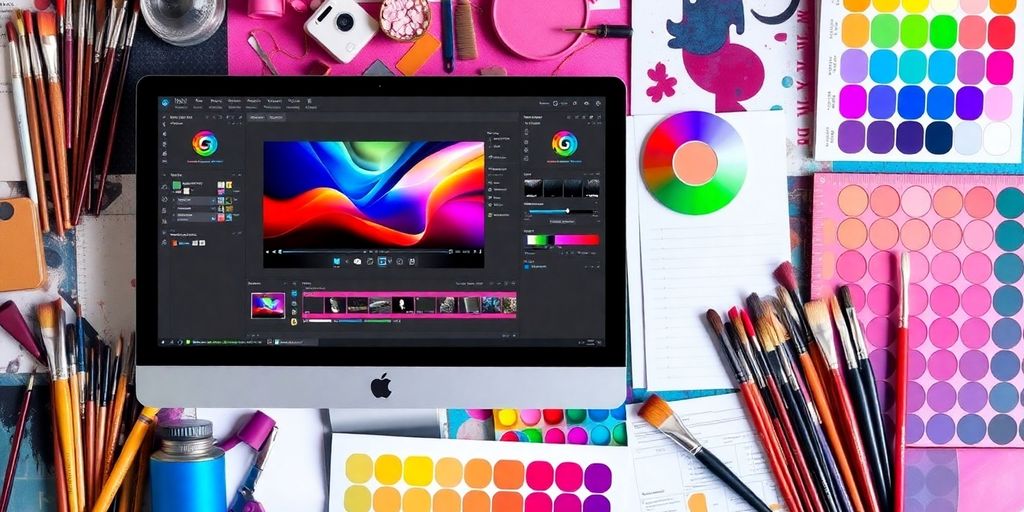

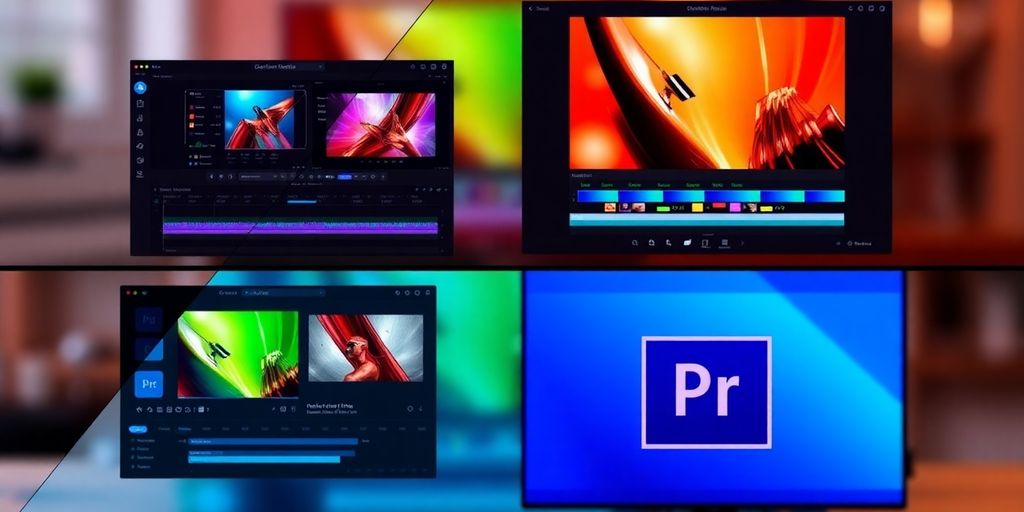

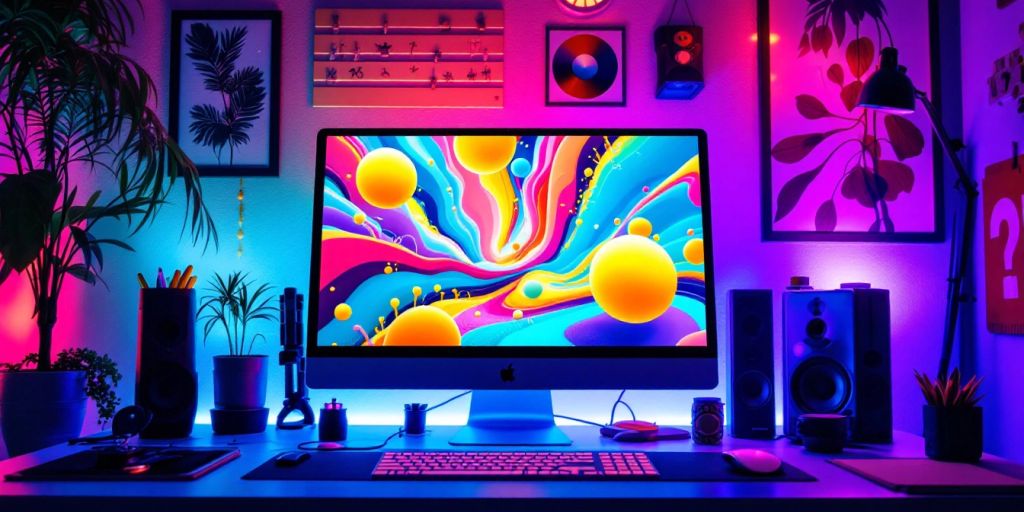
Responses